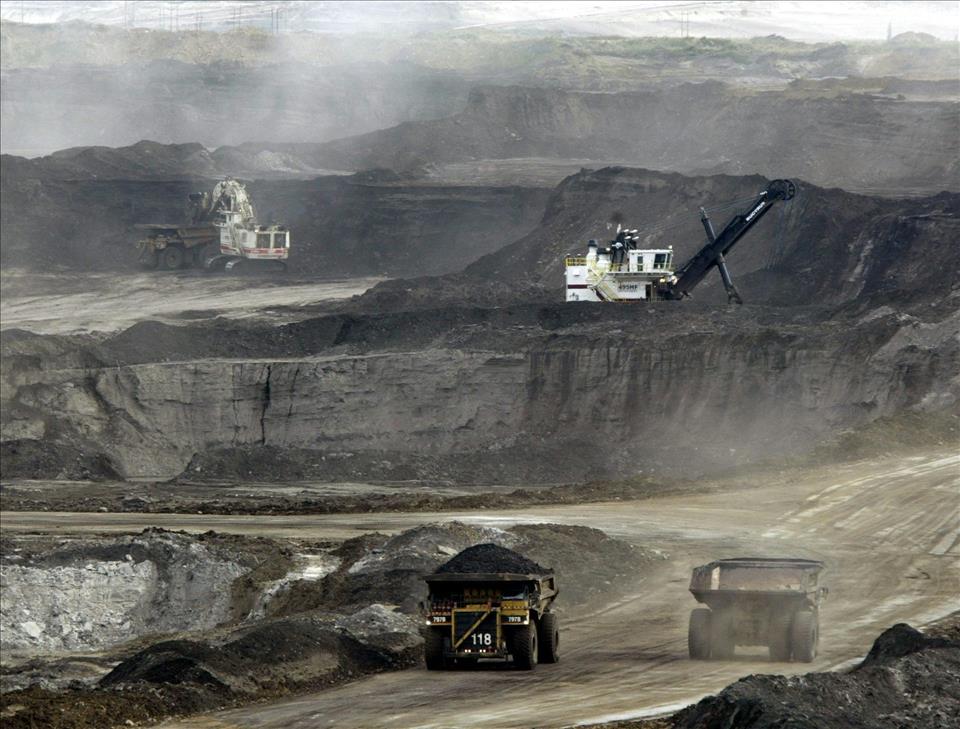
Canada Must Continue Cutting Emissions Regardless Of The Actions Of Other Polluters
While it is true that emerging economies have a large carbon footprint, any conclusion that Canada should therefore stop reducing its emissions in response is dead wrong. We in Canada and in other richer nations must do more, both to realize the intrinsic benefits of a greener environment and to expedite international co-operation in decarbonization.
Without global co-operation, there is no hope.
Raw figuresAccording to the Emissions Database for Global Atmospheric Research , in 2022 China alone accounted for 29.2 per cent of global carbon emissions - increasing by 285 per cent between 1990 and 2022.
The United States and European Union, by contrast, are both succeeding in reducing their emissions with totals representing only 11.2 and 6.7 per cent of global emissions respectively.
The EU, with 27 member states, had the best record. European emissions in 2022 were 27 per cent lower than in 1990. India, at 7.3 per cent of global emissions, is already a worse polluter than the EU, and it is rapidly growing its emissions. Indonesia grew its emissions by a record 10 per cent from 2021 to 2022.
Flares burn at refineries east of the Sam Houston Parkway in Pasadena, Texas in 2023. (Mark Mulligan/Houston Chronicle)
Canada has a relatively poor emissions record for a rich country. In 2022, Canada accounted for only 1.4 per cent of global greenhouse gas (GHG) emissions . However, between 1990 and 2022, Canada's GHG emissions increased by 16.5 per cent while emissions in the EU dropped.
In 2021, the federal government committed Canada to reduce its emissions by 40-45 per cent below 2005 levels by 2030 . Canadian emissions did fall by 7.1 per cent by 2022. However, a major part of that decrease stems from the pandemic shutdown in 2020. Emissions grew in the following two years.
Read more: Struggling to discuss climate change with older relatives? These 3 scenarios can help
Per-capita responsibilitiesIf we switch our view from country emissions to per capita emissions - and to historical contributions to global warming - the balance of responsibility shifts. Per capita emissions in Canada, for example, are around double that of China .
Yet even per person emissions within countries underestimates the western responsibility for climate change. This measure ignores emissions that are“imported” in the form of traded goods . For years, rich countries have relocated dirty and polluting industries to the Global South, and then imported the goods produced there. Emissions associated with the production of these imported goods should be attributed to the importing country.
If you do this calculation and render emissions in terms of consumption rather than production , it reveals an even more skewed pattern. The United States, a net importer of emissions, registers an increase in per capita emissions from 14 kilotons (country emissions) to 15.5 kilotons (consumption emissions) in 2020, an increase of 10 per cent.
The EU also was a major net emissions importer, with its per capita emissions rising from a modest 5.9 kilotons for territorial emissions to 7.2 kilotons when rendered as consumption based. Canada, as a net exporter (owing mainly to hydrocarbon exports), falls to 13 kilotons from 14.1.
A gantry crane operator removes a container from a cargo ship while docked at port, in Vancouver, in July 2024. Canada is a net hydrocarbon exporter. (THE CANADIAN PRESS/Darryl Dyck)
China, as the workshop of the world, fell from 7.7 kilotons to seven kilotons per capita - less than half the United States per capita level.
Historical contributions to GHG emissions also matter. A recent study of all global GHG emissions between 1851 and 2021 showed that the U.S. and the EU together accounted for 27.7 per cent of total GHGs, and 0.45 C of global warming. The other four largest national GHG emitters - China, India, Russia and Brazil - together were responsible for 28.1 per cent of GHG emissions and 0.46 C of warming. The U.S. and EU combined have roughly a quarter of the population of the other four big emitters.
Shared responsibilityGlobal co-operation to reduce emissions depends on high-income countries“walking the walk” of emission abatement, as well as talking the talk. Canada and its peer nations must lead the way, or the bigger emitters will feel no pressure to co-operate.
Outside the bubble of Canada and other more affluent societies, people rightly conclude that the West got rich by burning fossil fuels for 200 years. Why, then, should former colonized countries commit to net-zero carbon emissions by 2050?
To make matters worse, five developed countries, including the U.S., U.K., Canada, Norway and Australia, are expanding their oil, gas and coal production despite the International Energy Agency warning that reaching net-zero by 2050 requires“huge declines in the use of coal, oil and gas” in the next few years.
Read more: The Jasper fire highlights the risks climate change poses to Canada's world heritage sites
We need global co-operation and shared responsibility to survive the climate crisis. But global co-operation requires that the West leads the way both in more stringent decarbonization measures and in facilitating decarbonization in the Global South by means of investments via the neglected Green Climate Fund and transferring green technologies.
It won't be easy, but we don't have a realistic alternative. No global cooperation, no future.

Legal Disclaimer:
MENAFN provides the
information “as is” without warranty of any kind. We do not accept
any responsibility or liability for the accuracy, content, images,
videos, licenses, completeness, legality, or reliability of the information
contained in this article. If you have any complaints or copyright
issues related to this article, kindly contact the provider above.

















Comments
No comment